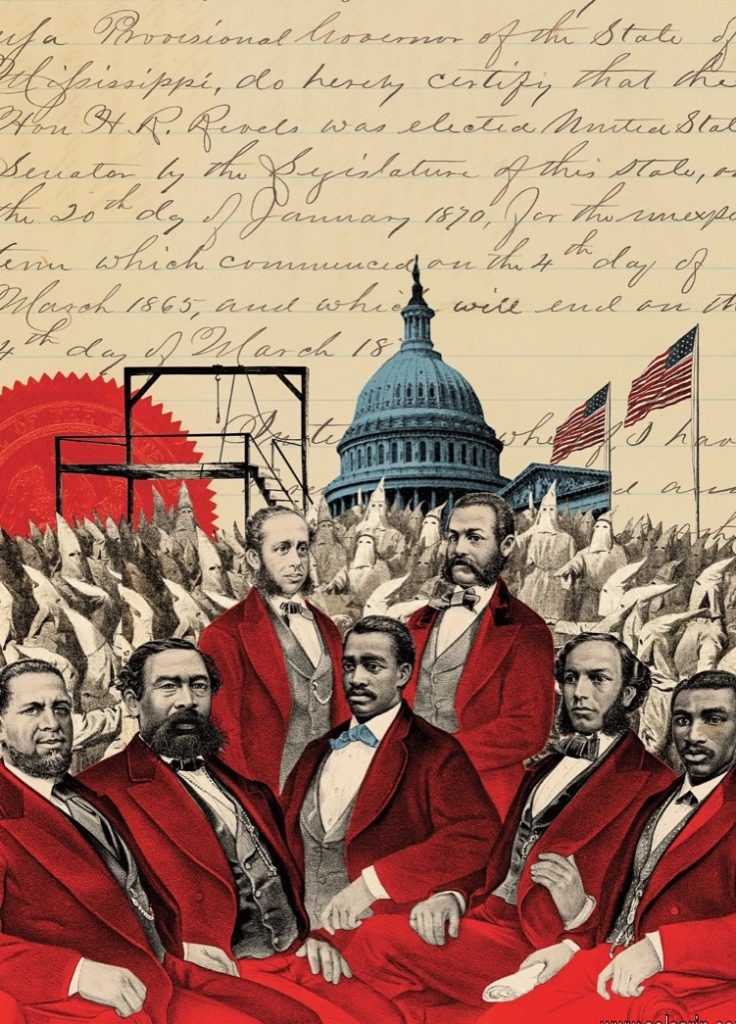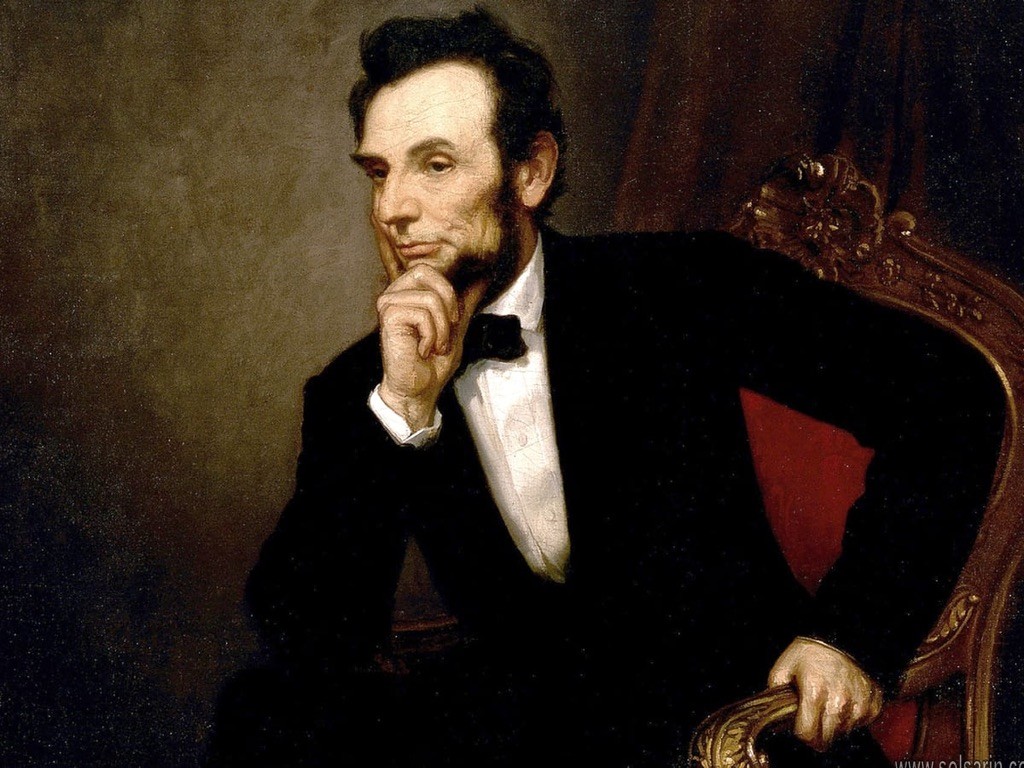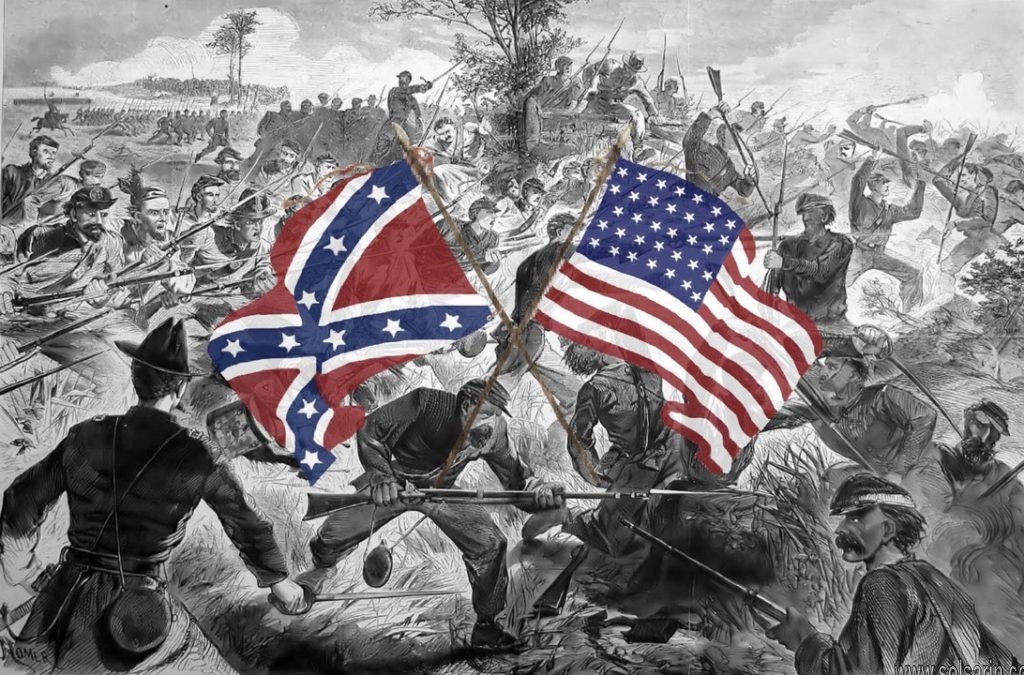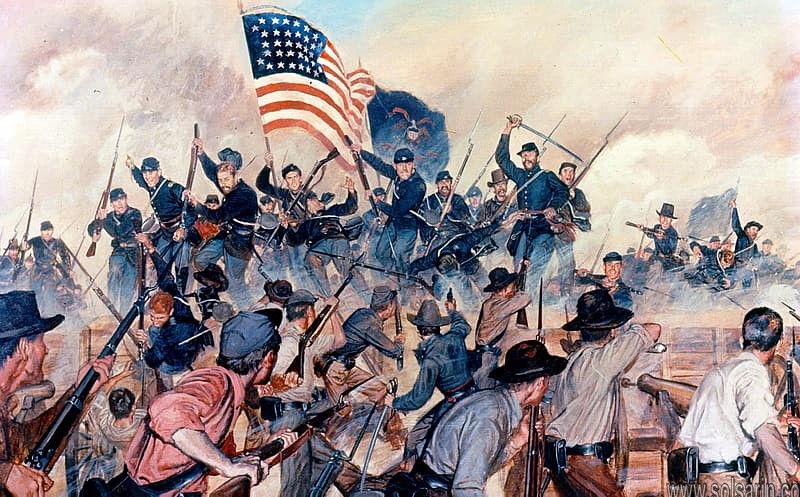what battle started the civil war?
welcome to solsarin , today we will answer the question ”what battle started the civil war?”
then will take a brief look into critical battles that took place during civil war.


The Battle of Fort Sumter (April 12–13, 1861) was the bombardment of Fort Sumter near Charleston, South Carolina by the South Carolina militia (the Confederate Army did not yet exist), and the return gunfire and subsequent surrender by the United States Army, that started the American Civil War.
Following the declaration of secession by South Carolina on December 20, 1860, its authorities demanded that the U.S. Army abandon its facilities in Charleston Harbor. On December 26, Major Robert Anderson of the U.S. Army surreptitiously moved his small command from the vulnerable Fort Moultrie on Sullivan’s Island to Fort Sumter, a substantial fortress built on an island controlling the entrance of Charleston Harbor. An attempt by U.S. President James Buchanan to reinforce and resupply Anderson using the unarmed merchant ship Star of the West failed when it was fired upon by shore batteries on January 9, 1861. South Carolina authorities then seized all Federal property in the Charleston area except for Fort Sumter.
Fort Sumter Falls
On April 12, 1861, the first salvos of the American Civil War were fired with the bombardment of the U.S. garrison at Fort Sumter, located in Charleston Harbor, South Carolina. It stood as one of the last Federal outposts in the region. Three months earlier On January 28, 1861, George T. Perry submitted this map for copyright. The map carries the following description of the newly completed fort: “Fort Sumter is built in the water, one thousand yards from the land . . . It is just finished and is one of the strongest works in the world; mounted with thirty-two-pound cannon and one hundred rounds of ammunition per gun, . . . two men at one of these could defend it against five hundred.” Alma Pelot made the first photograph of the Confederate flag flying over the fort.
Spring and summer of 1861
As the spring and summer of 1861 wore on, hundreds of thousands of white men, most of them ill-trained and unprepared for war, poured into the armed forces of both sides. Anticipating a day when their services would be accepted, African American men in the North formed military training companies, while women on both sides labored on the home front after their men left for war. Most Americans assumed the war would be over by Christmas, but the bloody battle at Manassas, Virginia, and the Union naval blockade of the Confederate coastline suggested otherwise. As the conflict extended into 1862, the North and South readied their armies for a longer fight.
And the War Came…
After months of negotiations broke down over the fate of the U.S. garrison at Fort Sumter, surrounded by Confederate-held Charleston, South Carolina, Confederate General Pierre Gustave Toutant (P.G.T.) Beauregard (1818–1893) offered Union Major Robert Anderson a final chance to surrender the fort. Anderson refused and inquired if Beauregard, his former student at West Point, would fire on the fort without warning. With a note written at 3:20 a.m., Beauregard alerted Anderson that he would commence firing in one hour.
the first crisis of the administration of the President Abraham Lincoln
The resupply of Fort Sumter became the first crisis of the administration of the newly inaugurated U.S. President Abraham Lincoln following his victory in the election of November 6, 1860. He notified the Governor of South Carolina, Francis W. Pickens, that he was sending supply ships, which resulted in an ultimatum from the Confederate government for the immediate evacuation of Fort Sumter, which Major Anderson refused. Beginning at 4:30 a.m. on April 12, the Confederates bombarded the fort from artillery batteries surrounding the harbor. Although the Union garrison returned fire, they were significantly outgunned and, after 34 hours, Major Anderson agreed to evacuate. There were no deaths on either side as a direct result of this engagement, although a gun explosion during the surrender ceremonies on April 14 caused the death of two U.S. Army soldiers. The event often regarded as the “First Bloodshed of the Civil War” was the Baltimore riot of 1861, one week later.
Supports from other states
Following the battle, there was widespread support from both North and South for further military action. Lincoln’s immediate call for 75,000 volunteers to suppress the rebellion resulted in an additional four Southern states also declaring their secession and joining the Confederacy. The battle is usually recognized as the first battle of the American Civil War.
Abraham Lincoln
Abraham Lincoln
Abraham Lincoln, byname Honest Abe, the Rail-Splitter, or the Great Emancipator, (born February 12, 1809, near Hodgenville, Kentucky, U.S.—died April 15, 1865, Washington, D.C.), 16th president of the United States (1861–65), who preserved the Union during the American Civil War and brought about the emancipation of enslaved people in the United States.
Among American heroes, Lincoln continues to have a unique appeal for his fellow countrymen and also for people of other lands. This charm derives from his remarkable life story—the rise from humble origins, the dramatic death—and from his distinctively human and humane personality as well as from his historical role as saviour of the Union and emancipator of enslaved people. His relevance endures and grows especially because of his eloquence as a spokesman for democracy. In his view, the Union was worth saving not only for its own sake but because it embodied an ideal, the ideal of self-government. In recent years, the political side to Lincoln’s character, and his racial views in particular, have come under close scrutiny, as scholars continue to find him a rich subject for research. The Lincoln Memorial in Washington, D.C., was dedicated to him on May 30, 1922.


Life
Lincoln was born in a backwoods cabin 3 miles (5 km) south of Hodgenville, Kentucky, and was taken to a farm in the neighbouring valley of Knob Creek when he was two years old. His earliest memories were of this home and, in particular, of a flash flood that once washed away the corn and pumpkin seeds he had helped his father plant. His father, Thomas Lincoln, was the descendant of a weaver’s apprentice who had migrated from England to Massachusetts in 1637. Though much less prosperous than some of his Lincoln forebears, Thomas was a sturdy pioneer. On June 12, 1806, he married Nancy Hanks. The Hanks genealogy is difficult to trace, but Nancy appears to have been of illegitimate birth. She has been described as “stoop-shouldered, thin-breasted, sad,” and fervently religious. Thomas and Nancy Lincoln had three children: Sarah, Abraham, and Thomas, who died in infancy.
Seven battles


Here are seven battles that proved pivotal in the American Civil War.
First Bull Run
July 21, 1861: Union Gen. Irvin McDowell marched out of Washington, D.C. into Virginia, intent on seizing the Confederate capital of Richmond and putting an end to the war. But most of McDowell’s men were inexperienced, 90-day volunteers, who’d joined in expectation of a brief conflict and had little idea what was in store for them. They came up against a force commanded by Gen. Pierre G. T. Beauregard, which was defending a critical railroad junction at Manassas, Virginia.
2. Fort Donelson
“Fort Donelson will hereafter be marked in Capitals on the maps of our United Country…”
Brigadier General Ulysses S. Grant was becoming quite famous as he wrote these words following the surrender of Confederate Fort Donelson on Sunday, February 16, 1862. The Union victory at Fort Donelson elated the North, and stunned the South. Within days of the surrender, Clarksville and Nashville would fall into Union hands. Grant and his troops had created a pathway to victory for the Union.
3. Antietam
Antietam, the deadliest one-day battle in American military history, showed that the Union could stand against the Confederate army in the Eastern theater. It also gave President Abraham Lincoln the confidence to issue the preliminary Emancipation Proclamation at a moment of strength rather than desperation.
4. Chancellorsville
The Battle of Chancellorsville, April 30–May 6, 1863, resulted in a Confederate victory that stopped an attempted flanking movement by Maj. Gen. Joseph “Fighting Joe” Hooker’s Army of the Potomac against the left of Gen. Robert E. Lee’s Army of Northern Virginia. The Southern victory was diminished by the loss of Lt. Gen. Thomas “Stonewall” Jackson, mortally wounded by his own men who mistook him and his staff for Union cavalry, a loss that would have far-reaching effects on the Civil War.
5. Vicksburg
A victory at the siege of Vicksburg, Mississippi, in 1863 gave the Union control of the Mississippi River in the American Civil War.
6. Gettysburg
In late June 1863, more than two years into the American Civil War, Union and Confederate military forces converged on the town of Gettysburg
7. Atlanta
The impact of the fall of Atlanta was instrumental in the eventual victory for the Federal forces. It boosted morale in the North and insured the reelection of President Abraham Lincoln which meant that the war would continue to the South’s capitulation. Until then, with no major Confederate Army left to contest Sherman and his men, he would order them to move east, towards Savannah, and from there, north into the Carolinas. Unopposed, Sherman’s Army brought the war to the heart of the South and to its civilian population, making both Georgia and South Carolina “howl.”





